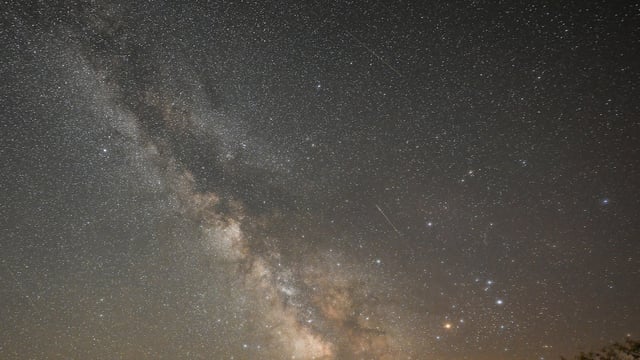Overview
- The Lyrids meteor shower, originating from Comet Thatcher, peaks in late April with up to 18 meteors per hour visible under dark skies.
- The Eta Aquarids, remnants of Comet Halley, will peak in early May but will overlap with the Lyrids from April 20 to 26, offering simultaneous meteor displays.
- Mars, Venus, and Jupiter are visible throughout April, with Jupiter aligning closely with the crescent moon at the month's end.
- The M3 globular cluster, containing half a million stars and estimated to be 11-13 billion years old, is visible this month with binoculars or a telescope.
- Increased northern lights activity is expected due to the ongoing solar maximum, which will continue through 2026.


